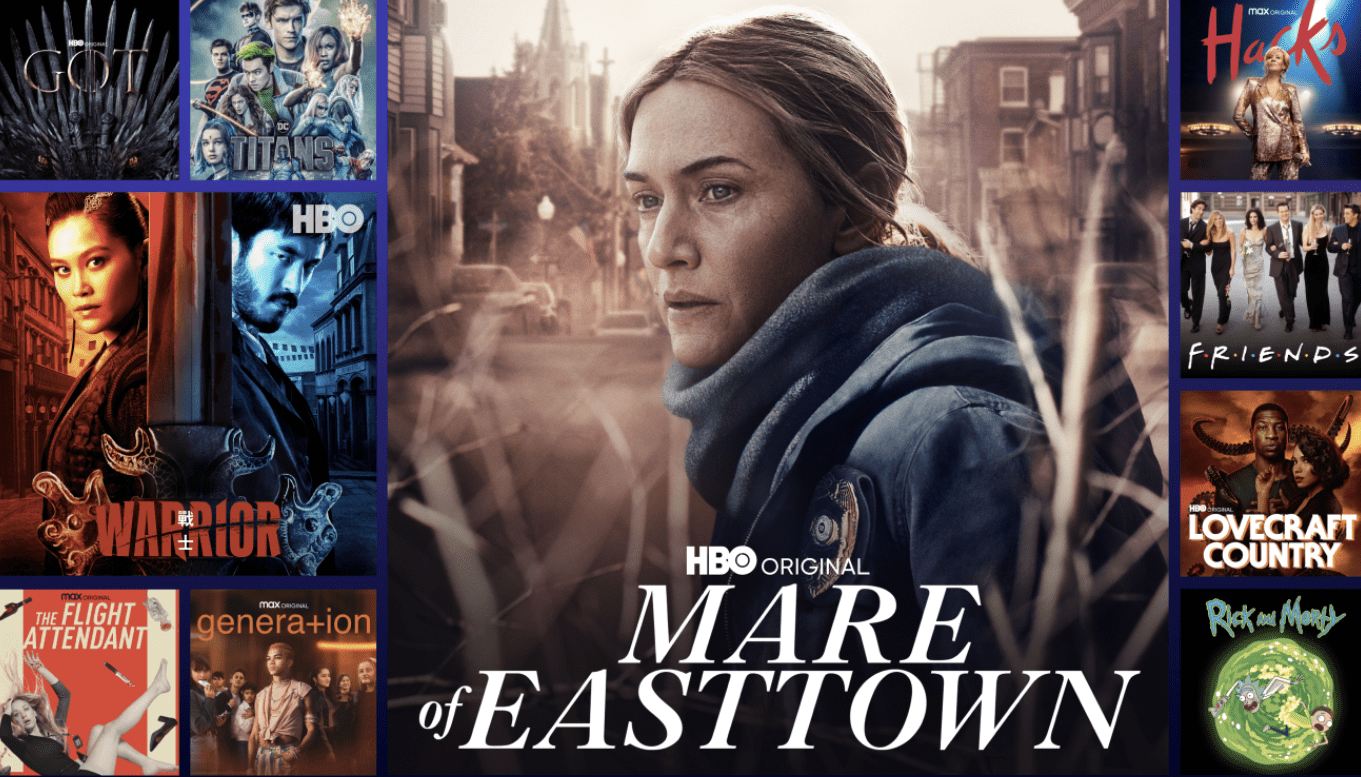Amazon got all the headlines with the news of its $8.45 billion acquisition of MGM on May 26. But days earlier, HBO Max made an announcement with equally big ramifications for streaming companies and advertisers: the launched of a tiered version in which consumers will pay less for a subscription that includes advertising. The news raised eyebrows. After all, HBO has essentially been known as something of a “walled-off garden”: freedom from advertising has been practically a calling card for the television network since its origination. The new offering is the latest example of a streaming company introducing ads — and a sign that HBO is paying attention to trends and consumer behavior. Let’s take a closer look at the news.
Ad-Supported Streaming Is Gaining Ground
HBO is clearly aware of a shift to more ad-supported services in the streaming realm. And as noted by CNBC, Nielsen data supports the uptick: “In January 2021, 34% of U.S. households that had video streaming capability used ad-supported streaming services, up 6 percentage points from January 2020 . . . That applies both to ad-supported on-demand video platforms and linear streaming.”
The advent of ad-supported services is just the latest chapter in the so-called streaming wars, which have been raging over the last year and a half as media and tech giants rolled out their versions of competitors to Netflix and Amazon Prime. Ad-supported tiers have become part of that contest, as streamers gauge what balance of ads consumers will tolerate — for a lesser fee.
HBO Max’s bid to navigate that balance is HBO Max With Ads, which at $10 a month represents a $5 discount to HBO Max’s ad-free subscription. Even with the discount, HBO Max is still one of the pricier alternatives out there. As CNET observes, “HBO Max’s $15-a-month ad-free pricing goes up against Disney Plus at $8 and Netflix’s cheapest plan at $9. Even among the services with discounted advertising-supported tiers, Hulu and Paramount Plus both charge only $6.”
But Julian Franco, vice president of product management at HBO Max, is confident that consumers will appreciate the dynamic their ad-supported platform creates (if at a higher price point): in Franco’s estimation, viewers won’t be bothered by the ads at all.
In some cases, that’s because even on HBO Max with Ads, there may not always be any. Franco explained that the amount of video advertising one sees — that is, the ad load — may vary depending on what one watches. Programs licensed to HBO Max, like Big Bang Theory, will have ad breaks. But programs that originated on HBO’s regular network won’t feature bumpers or spots during playback. Bottom line: HBO Max estimates that typical ad load for an ad-supported subscriber will clock in at just under four minutes per hour. If this projection holds true, HBO Max will be honoring its vow that it will have the lightest ad load in the streaming industry (NBCUniversal’s Peacock currently holds that crown, with an ad load of five minutes per hour).
Why Are Streaming Companies Introducing Ad-Supported Options?
In part, it all goes back to the streaming wars referenced earlier. More people are online watching content, a phenomenon that really picked up during the online surge of 2020. Streaming companies are competing for those eyeballs — and trying to entice viewers by offering ways those consumers can pay less.
Another factor: it costs a lot of money to operate a streaming service, whether you are producing original shows and movies (like Amazon’s new Lord of the Ring series) or buying rights to someone else’s content. Ads help defray those costs.
What’s Next: A Prediction
Will more streaming companies adopt advertising? Possibly so. But Netflix may not be able to pull it off. Netflix is spending billions to create new content, and the company has gradually increased subscription prices to recoup some of the costs. Netflix does not dare introduce advertising to its 200 million subscribers who are already paying a premium. But offering a lower-priced subscription with advertising may not attract enough subscribers at a time when its customer base is plateauing. I predict that Netflix will be sold to Apple. That’s because Apple has deep pockets and is eager to achieve brand cachet, which it lacks right now. But Netflix has plenty of brand cachet. I could see Apple buying Netflix but allowing the company to keep its own name. Time will tell. But the day is coming.
What Advertisers Should Do
How should brands respond in this evolving environment? We suggest:
- Consider the different options available. According to CNET, HBO Max intends to embrace some unconventional ad formats, including “pause ads,” which come up only after viewers have paused playback for at least 10 seconds, or a “branded discovery” option that places a sponsor’s banner at the top of a page of recommendations. Think about what format best serves your brand.
- Use analytics to monitor the reaction to ads. The industry is still learning how receptive people will be to ads — and if different approaches, such as HBO’s effort to provide a more “high end” ad experience, engender a more positive response.
Contact True Interactive
Eager to learn more about this new world of advertising in the streaming world? Contact us. We can help.
